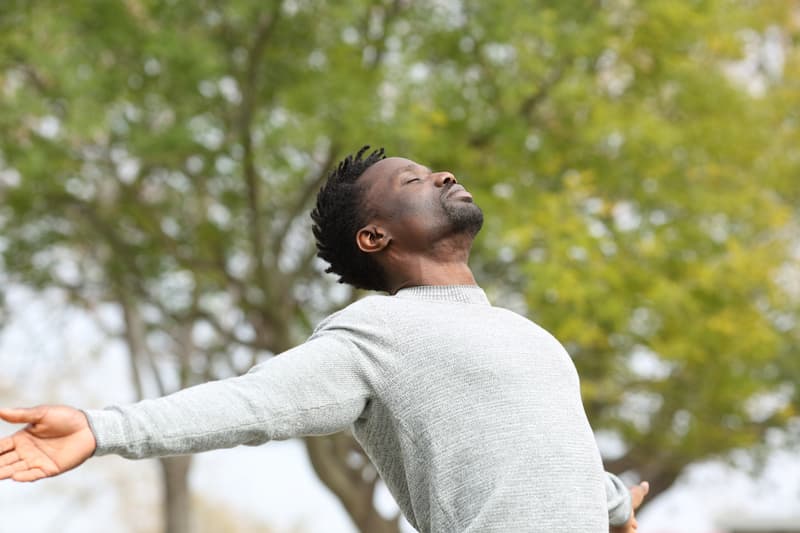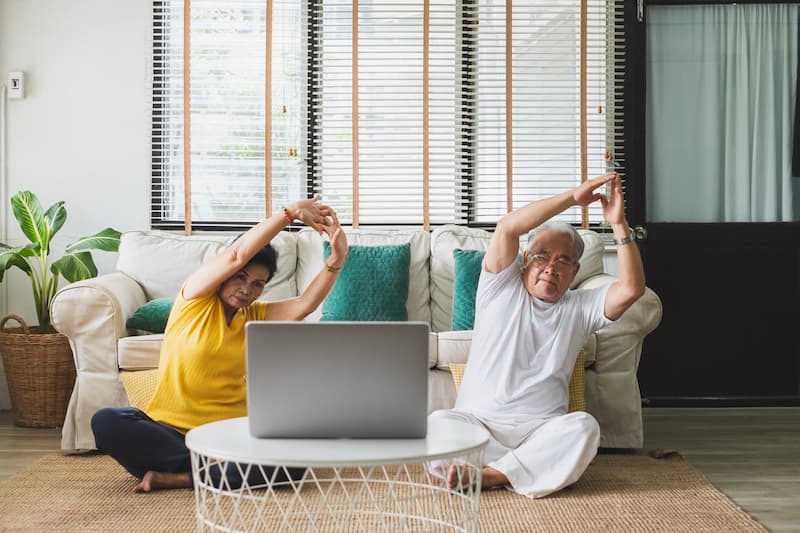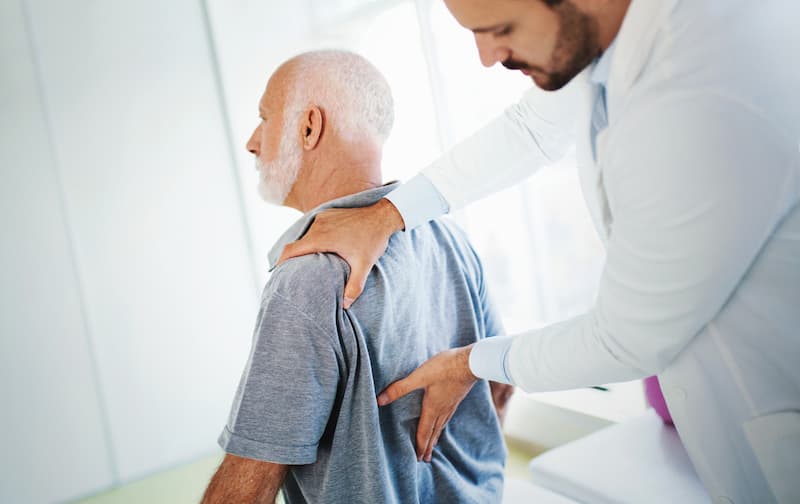 OUR LOCATIONSCall to book (212) 604-1300
OUR LOCATIONSCall to book (212) 604-1300
 OUR LOCATIONSCall to book (212) 604-1300
OUR LOCATIONSCall to book (212) 604-1300

Almost everyone will experience back pain in their lifetime and most cases are a result of strain injury and therefore will resolve on their own. When we say the lower back area, we’re referring to the area behind the belly, from the rib cage to the pelvis. This is also called the lumbar region. Studies show that 80% of the general population will feel lower back pain at least once. It can start during a person’s early 20s and continue on through adulthood.
But what about other cases of lower back pain that can’t be chalked up as muscle strain? What are the symptoms and causes behind such pain? Let’s discuss the symptoms and causes of back pain, how to find relief, and tips on strengthening your back.
The single most common cause of pain in the lower back is a torn or pulled muscle and/or ligament. The strain or sprain can happen suddenly or develop gradually over time. Strains are the result of muscles getting torn or stretched too far, which leads to damage. Sprains happen when ligaments, which connect your bones together, are affected by tearing and overstretching.
Compared to back pain resulting from issues with the internal organs, strains and sprains are not so serious, although the pain can become acute at times.
Symptoms of lower back pain range from a dull ache to sharp and stabbing pain. The pain can be positional, intermittent, or constant. Injuries can result in sudden acute low back pain. Pain that comes with too much exercise or heavy lifting is considered a strain. Occasionally,. these injuries can lead to disc injury and rupture, or hernia. Back pain (and even leg pain in some people) can be felt when the herniated disc irritates the sciatic nerve.
Pressure on the sciatic nerve can lead to a form of nerve pain called sciatica. The sciatic nerve is a large nerve that runs down through your buttocks and extends down the back of your leg. When this nerve gets pressed or pinched, it produces a burning or shock-like lower back pain. The pain can radiate down the buttocks and the leg, sometimes even reaching the foot.
Pain that lasts for more than three months is considered chronic pain and you should consult your doctor if your prolonged pain does not disappear after 72 hours. Warning signs of severe back pain include pain felt during urinating or coughing, fever, new leg weakness, and loss of control of bladder and bowels. These symptoms require immediate medical attention.
Your doctor will need a good description of your back pain in order to make a proper diagnosis. Make a note of when and where the pain began, as well as your related symptoms, your usual and recent activities, and chronic medical conditions, if there are any.
Tests that are used to diagnose back pain include x-rays, ultrasound, bone scans, discography, myelograms, computerized tomography (CT), and magnetic resonance imaging (MRI). Your doctor can also perform blood tests for a more precise diagnosis.
Here are the common solutions in relieving back pain and make your overall quality of life better.
There are lots of options when it comes to medicating acute and chronic low back pain. Analgesic medications are the most common, which includes over-the-counter acetaminophen and aspirin, as well as prescription opioids such as codeine, oxycodone, hydrocodone, and morphine. A muscle relaxant is also another option.
Those with long-term or chronic pain are given nonsteroidal anti inflammatory drugs (NSAIDS), which targets pain and inflammation. NSAIDS that can be purchased over-the-counter include ibuprofen, ketoprofen, and naproxen sodium. Some require prescriptions, such as COX-2 inhibitors.
Those who prefer not to take oral medications or want to take something to go with their medications can opt for topical creams and sprays, which are applied to the skin to stimulate localized nerves to provide feelings of warmth or cold. This dulls and soothes the pain. There are topical analgesics too for reducing inflammation and increasing blood flow.
For short-term pain treatment of low back pain and sciatica, doctors also use epidural steroid injections to reduce inflammation. This is not intended for long-term use as it can actually worsen the pain in the long run. Nerve blocks are used for extreme cases of pain, usually for those with chronic pain or severe spinal injury. It works by essentially blocking all feelings from the nerves.
Learn more: The Strongest Painkillers for Back Pain
For mild pain, a simple hot or cold compress may be enough to make the pain go away. The cold back gives a dulling relief while the hot one gives soothing relief. This can also serve as an additional reliever for those with acute or chronic pain and taking medications for it.
It’s natural to want to spend the day in bed when lower back pain strikes. But doctors advise against staying in bed too long. You should continue your daily activities as usual and keep moving while avoiding motions that can aggravate the pain or injury.

The precise stretches in yoga might help for back pain that doesn’t go away in three months. A study shows that people who took 12 weeks of yoga classes experienced fewer symptoms of low back pain compared to those who simply relied on a book about back pain care. The benefits also lasted several months after the participants finished their classes.
The study also suggests that doing conventional stretches can also alleviate pain as well. Make sure though that you rely on an experienced instructor for your yoga sessions and can modify your positions and postures as needed.
Massage can help relieve chronic lower back pain and restore your ability to do your usual activities without constant pain. However, since massage focuses on releasing muscle tension, it will not be enough for those with spinal complications, injuries, or spinal disc problems. This will require treatment that will focus on the structure of the spine itself.
Although further studies are needed to establish acupuncture as a sure treatment for ailments such as body pain, it has become a popular method for those who seek natural and drug-free solutions. Acupuncture involves inserting fine needles into various points around the body. These needles supposedly stimulate naturally occurring chemicals in the body, such as endorphins, serotonin, and acetylcholine. The specialist will twist or tap the needles to release the chemicals and relieve body pain.
You might want to consider getting into a rehabilitation program if you’re suffering from chronic pain. This therapy can help in healing and also decrease the risks of re-injuring your lower back. A physical therapist will conduct guided low-impact stretching and strengthening exercises, as well as spinal manipulation or spinal decompression, which are designed to produce short-term and long-term results.
Getting surgery is the last resort and is considered when everything else doesn’t work. There are cases of musculoskeletal injuries or nerve compression brought about by vertebrae shifting or collapsing. This brings severe and long-term acute pain for patients, which may require surgical intervention. Back surgery is expensive and will require a lengthy recovery period, which is why most people who suffer from chronic back pain hesitate to get one.
Also, the doctor will not guarantee that all surgical procedures will be 100% successful. You need to consult with your doctor to get informed about the risks associated with getting back surgery and know if this is indeed the right course of treatment for your condition.
Aside from taking pain relief medications, there are other things you can do to get the pain off your back.

As you age, the risks of getting lower back pain increase. Unless you can magically stop aging, you should anticipate experiencing low back pain at some point in your life. But you can at least lower your risks of developing chronic pain if you exercise regularly, maintain a healthy weight, lift stuff properly (lifting with the legs and not with the back), and making your workstation as ergonomic as possible.
Doing low-impact exercises will help immensely after any period of prolonged inactivity. These exercises include speed walking, stationary biking, and swimming. Doing these at least 30 minutes a day can increase your muscle strength and flexibility, thus protecting your lower back from strain or injuries. Stretching frequently helps a lot too since it helps loosen the tension on your muscles, strengthen the core, and improve overall posture, especially the back.
You may not be aware of it, but you may be doing things that make your body prone to pain. Most of us are guilty of exacerbating our already aching backs. Keep the following in mind to protect your lumbar spine and prevent added lower back pain:
Stop living in pain and get the help you need at New York Pain Care. We offer medical solutions for spine and back pain, as well as sports medicine, physical therapy, and chiropractic care. Our team of expert doctors and physical therapists in NYC understand your pain and injury better than most, and we are dedicated to helping you get better. Our Integrative and Non-Surgical approach will get you back on track to living your life pain-free! Set an appointment with us and let’s work on your recovery.
Learn more: What’s Causing This Severe Lower Back Pain?






